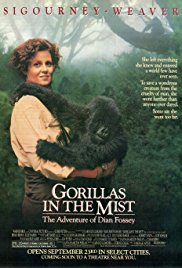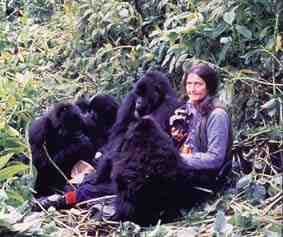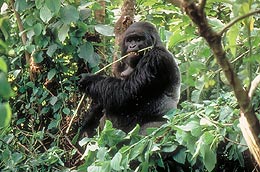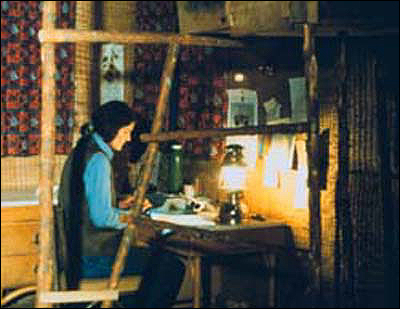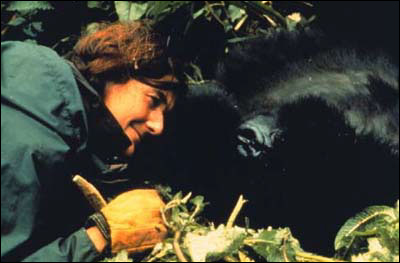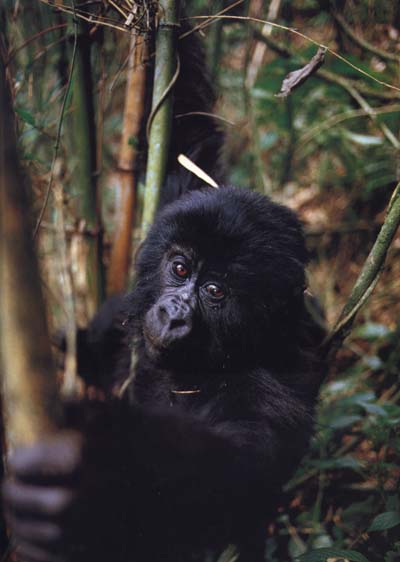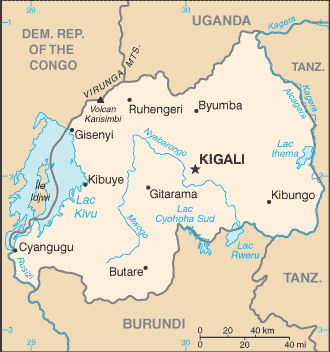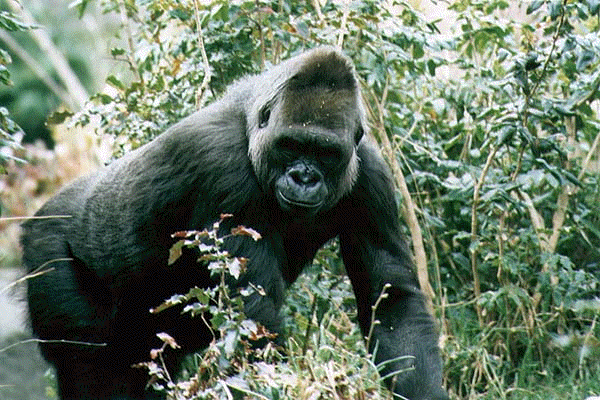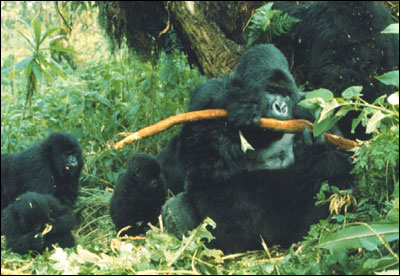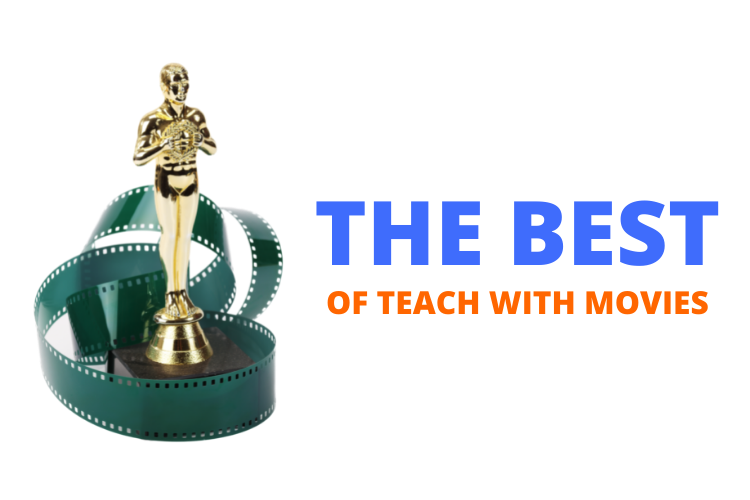Discussion Questions Relating to Ethical Issues will facilitate the use of this film to teach ethical principles and critical viewing. Additional questions are set out below.
TRUSTWORTHINESS
(Be honest; Don’t deceive, cheat or steal; Be reliable — do what you say you’ll do; Have the courage to do the right thing; Build a good reputation; Be loyal — stand by your family, friends, and country)
1. There is one area of Dian Fossey’s life in which she did not live by the Trustworthiness Pillar of character. What was it and what do you think about it?
Suggested Response:
Taking up with a man she knew to be married is participating in his cheating. One can understand how Dian Fossey, on a mountain alone for long periods of time, would have a strong need for companionship. Her employees were not a consideration for her, and properly so, because as employees they were in a subordinate power relationship. However, the test of morality is restraining yourself from doing something that you want to do (or making yourself do something that you don’t want to do) for the sake of a principle that applied universally is beneficial. This is a very difficult choice for many people in situations similar to that of Fossey and her male friend. The need for human contact and warmth is so important. The basic concept of affection is giving of yourself. It is often hard to see that giving of yourself could be wrong. But there were other ways for this couple to deal with the situation, i.e., for the man to be honest with his wife before the relationship progressed, for Fossey to look elsewhere for a sexual relationship, and for the couple to limit their relationship to being friends until the man had squared things with his wife, etc.
RESPECT
(Treat others with respect; follow the Golden Rule; Be tolerant of differences; Use good manners, not bad language; Be considerate of the feelings of others; Don’t threaten, hit or hurt anyone; Deal peacefully with anger, insults and disagreements)
2. What is the ethical concept that is the basis for the movements to protect and conserve species of wild animals?
Suggested Response:
There is no one right answer to this but the one we prefer is “respect.” “Caring” and “self-interest” also enter into the equation, but “respect” is the most important concept. Animals that are not magnificent or lovable, for example, the fly, the mosquito, the grub, the earthworm, or the vulture, are still deserving of respect because they are our fellow creatures in nature. Many people have especially fond feelings for our near relatives, the great apes. The grub, the earthworm and the vulture are important to various ecosystems and it is in our self-interest to keep them doing their important work. Caring would lead most people to do more to save the great apes than to save the fly or the ant, but these species are still our fellow creatures in nature. There are, of course, limits and respect should not degenerate into self-destruction, e.g., populations of mosquitos carrying malaria need to be exterminated; flies in a house or restaurant can carry germs and need to be killed or removed.
CITIZENSHIP
(Do your share to make your school and community better; Cooperate; Stay informed; vote; Be a good neighbor; Obey laws and rules; Respect authority; Protect the environment)
3. What does the life of Dian Fossey tell us about the importance of the citizenship Pillar of Character?
Suggested Response:
Dian Fossey’s life is an excellent example of how we are all dependent upon those good people who give to their communities (in this case the world). We all benefit because Dian Fossey saved the mountain gorilla from extinction.
4. Is it necessary to violate the rights of others in order to change the world?
Suggested Response:
No. There are thousands of examples of people who have changed the world without violating the rights of others. Gandhi is one example and, in the field of conservation, Jane Goodall is another. Certainly, it could be said that these people went to extremes in some ways, but they didn’t trespass on the rights of others. It may be that in her situation, trying to deal with aggressive poachers, that Dian Fossey had no choice but to violate the rights of the poachers. We don’t know the situation well enough to say. But it is important to state that there are successful examples of other approaches being used in other situations.

